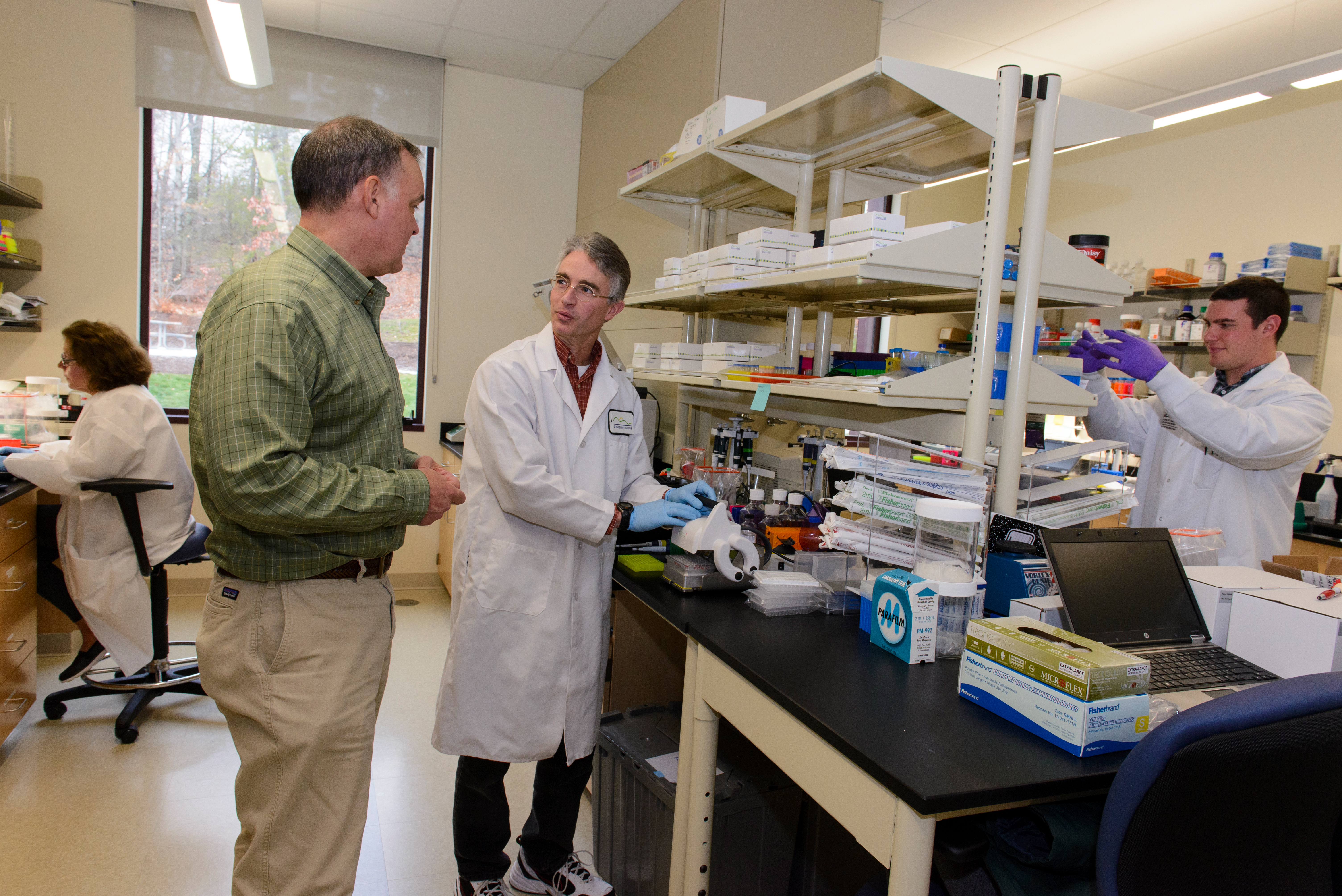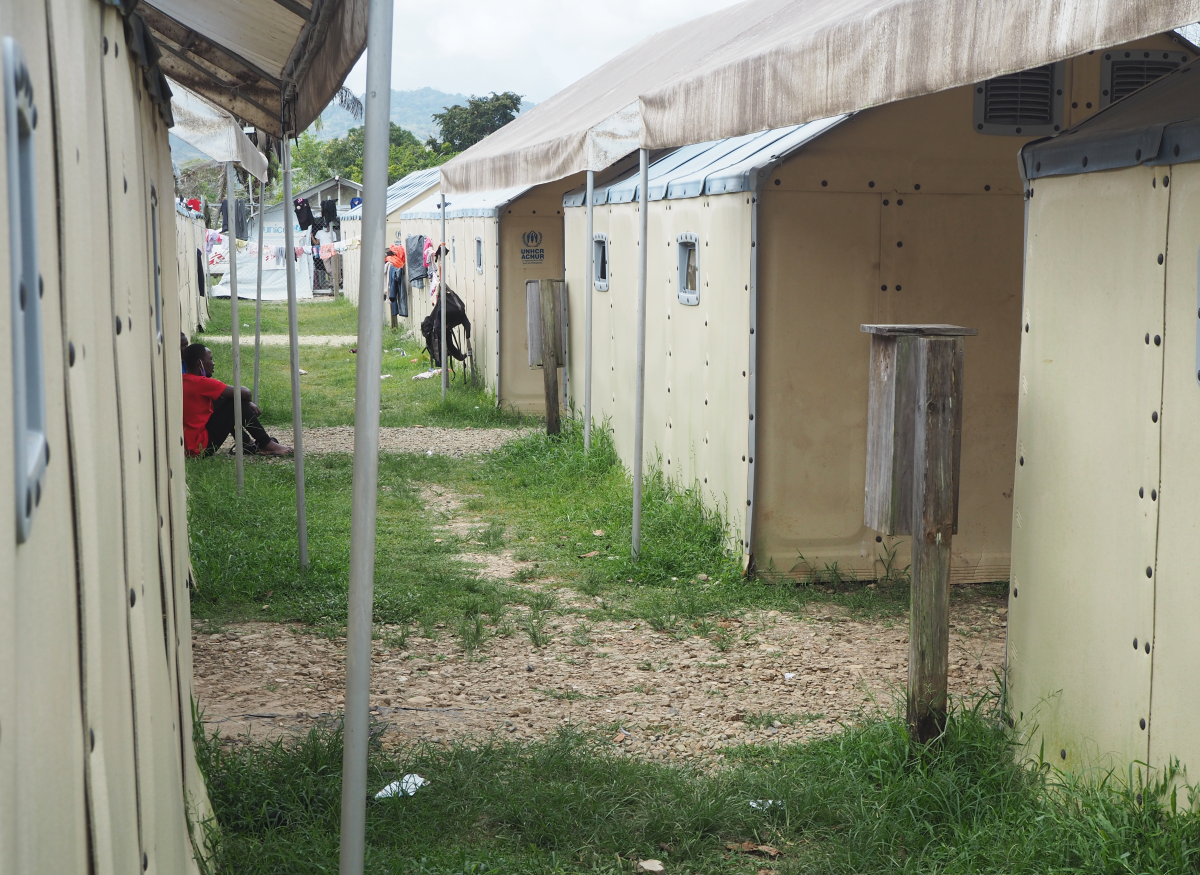Bacteria tend to get a bad rap. But oftentimes it’s one bad apple that ruins the reputation of the bunch.
For example, E. coli, commonly known as bacteria that cause sickness, also has beneficial strains that can help protect us from pathogens. Being able to differentiate between bacterial strains is critical for researchers working to understand the microbiome – the complex environment of bacteria living in and on our bodies.
A collaboration between researchers at UConn, Connecticut Children’s, and Technology Incubation Program company Shoreline Biome has yielded promising findings about bacterial infection in premature infants in the Neonatal Intensive Care Unit (NICU). The group published their findings in mBio in February.
Using Shoreline Biome’s patented microbiome assay technology, the group was able to identify previously un-sequenced bacterial strains that appeared in the stool microbiome of two sets of twins in the Connecticut Children’s NICU.
“It gives us unprecedented resolution and the ability to differentiate bacteria to the species or even strain level,” Joerg Graf, UConn professor of molecular and cell biology, says.
Premature infants in the NICU are at a high risk of infections because their immune system and digestive tract are not fully developed. The researchers were particularly interested in intestinal infections caused by certain strains of Klebsiella. They also identified strains of Escherichia coli, and Enterobacter.
The researchers identified unique microbiome fingerprints between and within the sets of twins. This provided valuable insight into the colonization processes in the NICU by looking at which bacteria appear and how they spread.
Normally, the first two years of life, starting the moment a baby goes through the birth canal, is a critical period for developing a healthy microbiome to carry for the entire lifetime. Babies in the NICU are rigorously protected from possible infection, which helps prevent them from getting sick, but also disrupts normal colonization patterns of commensal bacteria.
The researchers plan to continue this research in NICUs in other geographic areas, other parts of the hospital, and other microbiomes, such as those on our skin or in our mouths.
The researchers hope to eventually be able to detect a single genetic fingerprint associated with infection which would pave the way for better strategies to track and combat harmful bacteria.
“That would be a critical finding to improving the overall health of premature babies,” Adam Matson, Connecticut Children’s researcher and assistant professor of pediatrics and immunology at UConn Health, says.
Shoreline Biome’s high-throughput, high-resolution technology sequences a large portion of the ribosomal operon. This part of the bacterial genome contains highly conserved, or similar regions, and other regions that are very diverse. The conserved regions make it possible to use polymerase chain reaction amplification to make thousands of copies of the bacteria’s genetic information.
After sequencing, researchers can study other variable regions of the operon to identify the bacteria more precisely. This also helps identify a bacterium’s evolutionary relationship to known bacteria.
There are two ways to open bacteria to look at their genomes: cracking them open hard, which risks damaging the DNA, or doing it more gently and risking not accessing the DNA from difficult to crack bacteria. Shoreline Biome’s technology combines the best of both, cracking open all bacteria without damaging the DNA.
“If you don’t see DNA, you can’t sequence it,” Mark Driscoll, Shoreline Biome co-founder and chief scientific officer, says. “Now that we can see it, we can actually start to study it.”
Shoreline Biome’s technology allows researchers to analyze multiple samples at once. This is a major advantage for microbiome research. Many microbiome studies suffer from having small sample sizes due to the technical difficulty and costs of analyzing the samples.
Shoreline Biome’s technology delivers scientists and physicians with actionable results. Knowing which strains are showing up in patient biomes can help them to track where they are coming from.
Eventually, this could lead to rapid tests to see if someone entering the NICU is carrying a harmful bacterium. Conversely, they could also track beneficial bacteria infants should be exposed to.
“We’re actively looking at ways to apply this technology to track pathogens and encourage colonization of healthy microbiomes,” Matson says.
The collaboration between Shoreline Biome and the researchers extends beyond this project. Graduate students from the Professional Science Master’s Programs in Applied Microbial Systems Analysis Graf directs now work for Shoreline Biome, retaining a valuable workforce in the state.
“It’s great for us to be able to work with experts to deepen the technology,” Driscoll says. “It’s a great ecosystem.”



